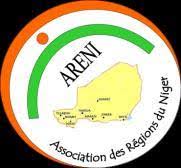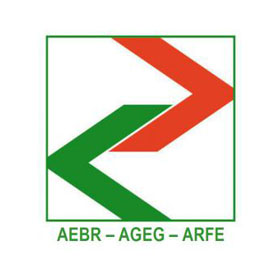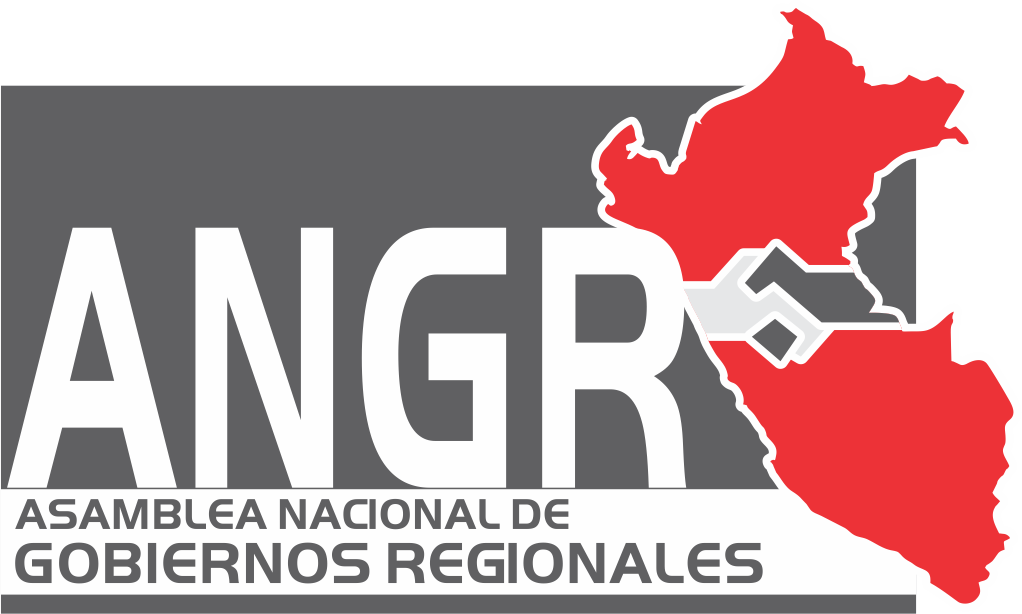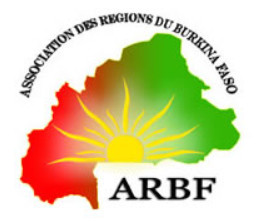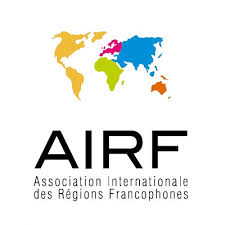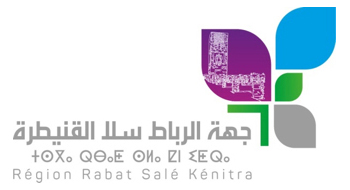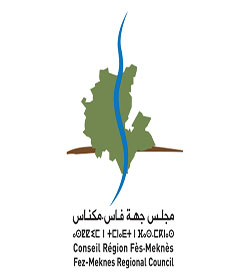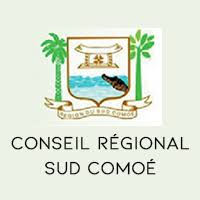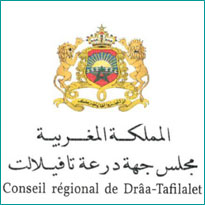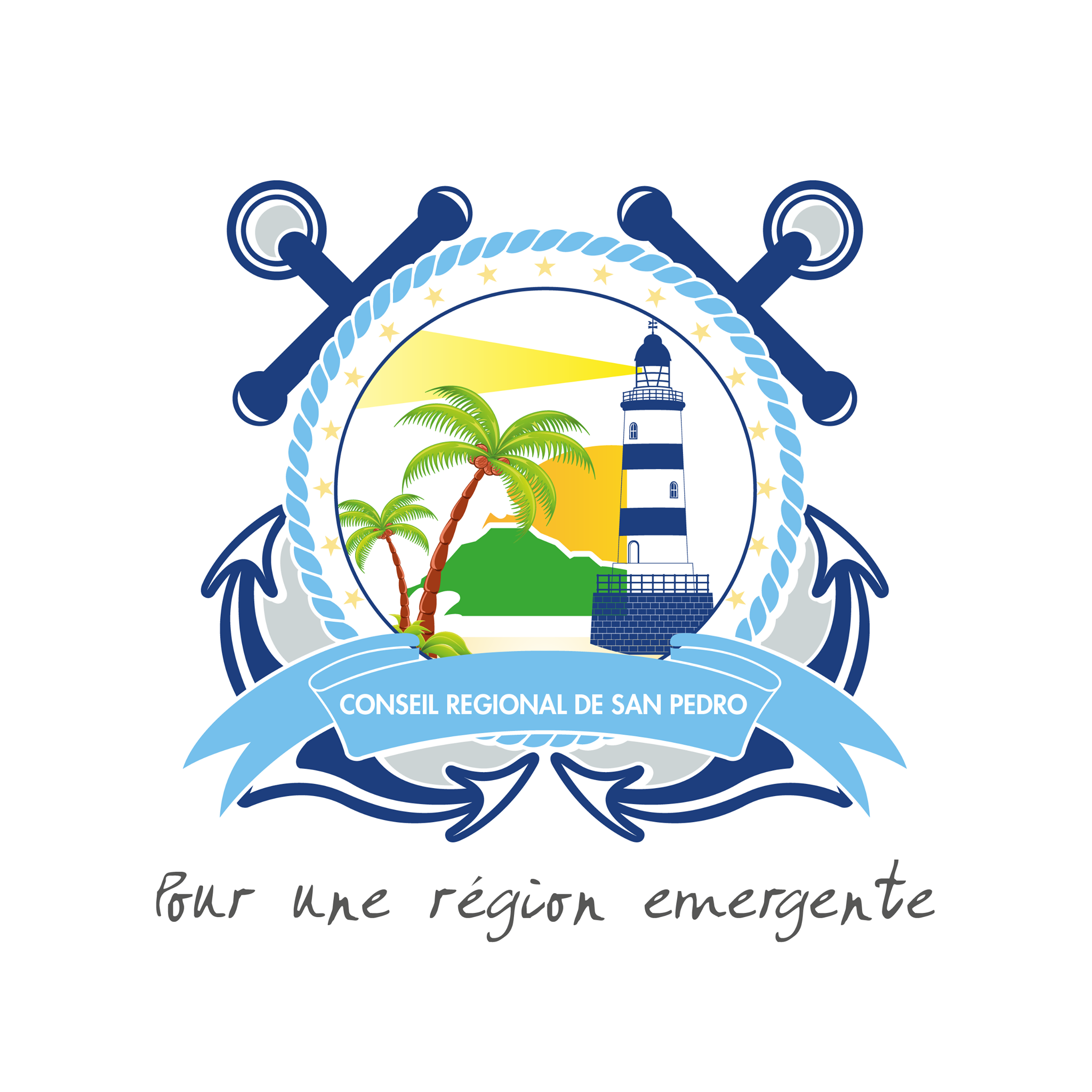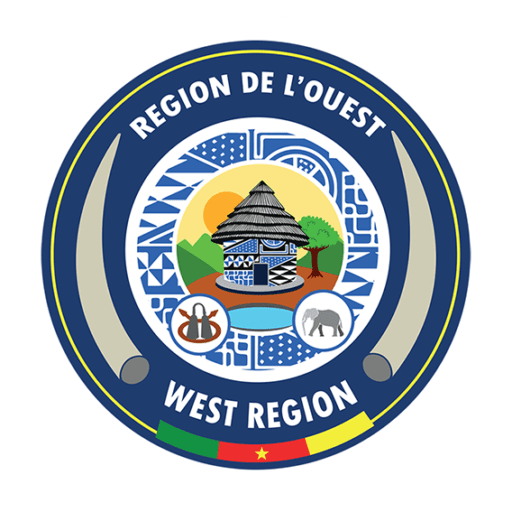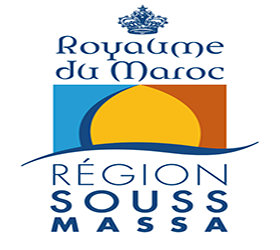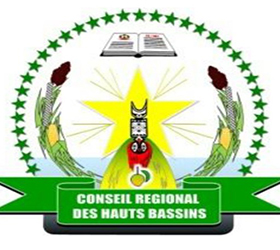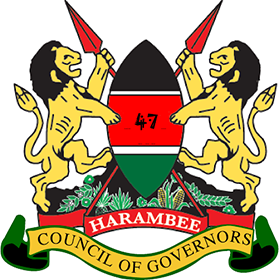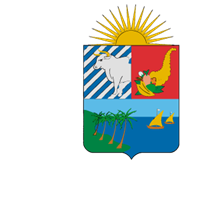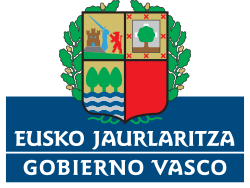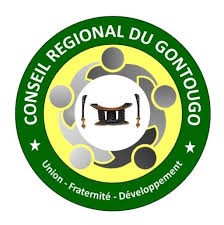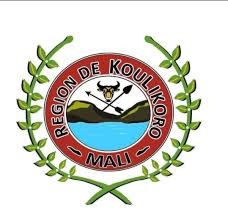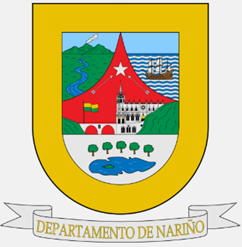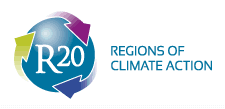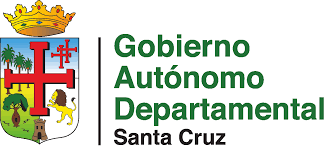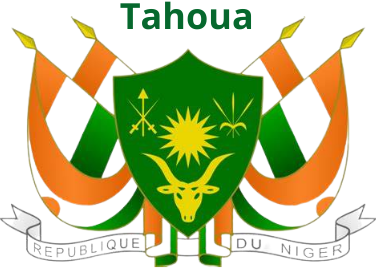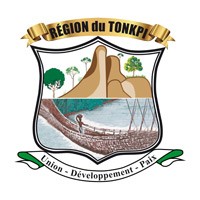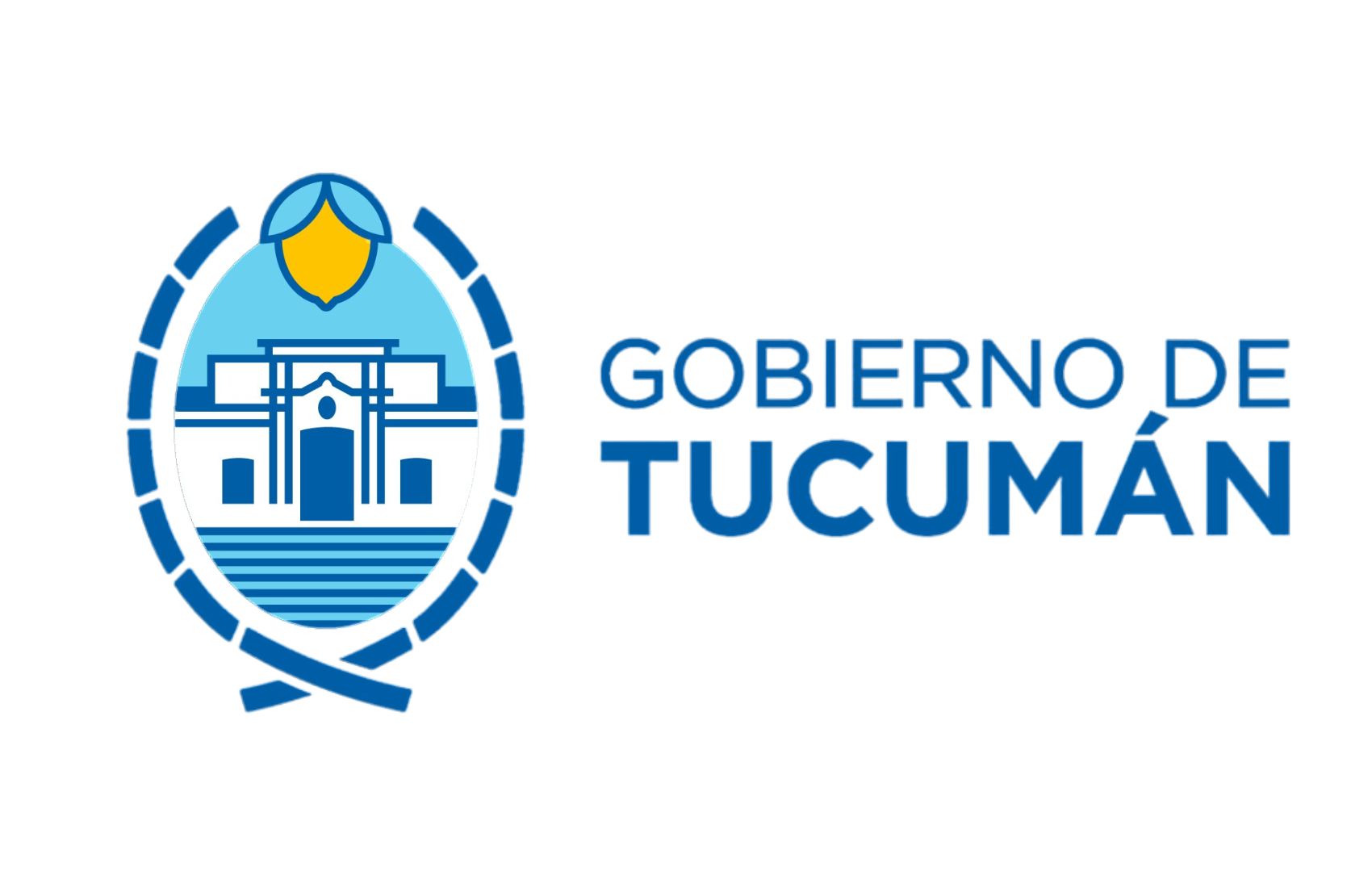Aiming for a hydrogen energy future
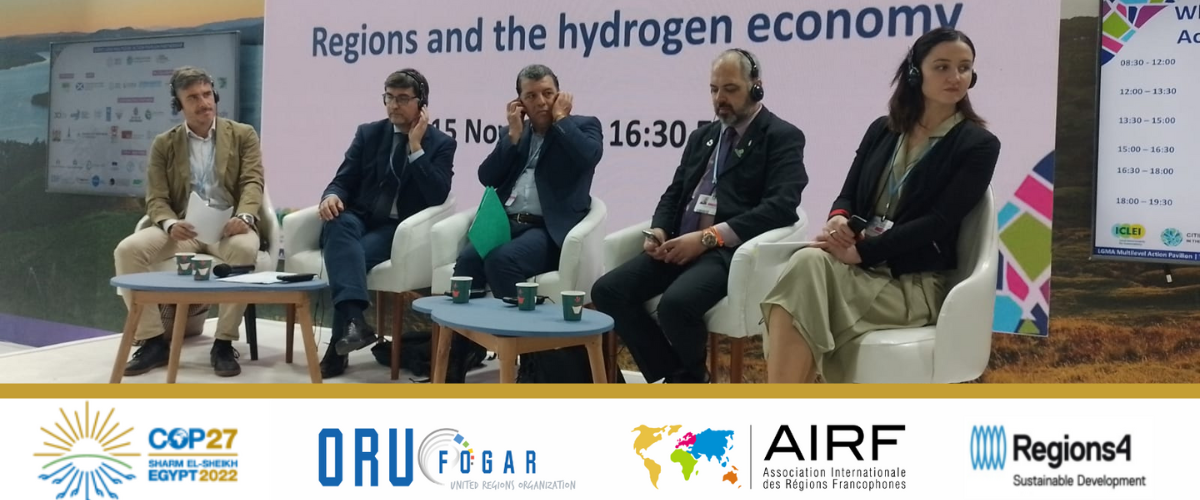
With an energy transition that is progressing much more slowly than would be advisable, talking about hydrogen may seem utopian. Despite this, Regions4, the International Association of Francophone Regions (AIRF) and ORU Fogar were at COP27 willing to point to the future and, thus, in Sharm El Sheikh, they presented the most advanced strategies and regional experiences regarding the hydrogen economy.
Representing Regions4, the event was opened by the Scottish Environment Minister, Mairi McAllen, who referred to how conflicts in Europe are hindering the energy transition. “Some, including the UK government, she explained, are looking to increase their extraction of fossil fuels amid rising energy prices. The Scottish Government, however, is clear that the unlimited recovery of hydrocarbons is not consistent with meeting the objectives of the Paris Agreement. That is why we remain committed to a focus on policies that promote renewable energy and emerging green technologies, including the development of green hydrogen.”
The vice-president of the Auvergne Rhône Alpes Regional Council, Thierry Kovacs, on behalf of the AIRF, was in favor of massively promoting hydrogen, to decarbonise European industry and meet the objectives of the Paris Agenda. He explained the purpose of his region to become the first region in France in terms of renewable energy production, with the aim of reducing emissions by 30% by 2030. He opted for the production of green hydrogen from renewable solar energy and grey hydrogen from the existing nuclear power plant in France. “Beyond production -he said- the challenge is the storage and transportation of hydrogen. We are working to be leaders in every way”.
Mustapha Jawadi, Vice President of Rabat Salé Kénitra, on behalf of ORU Fogar, spoke of a future with large networks in which hydrogen flows, so that it can feed industry. He also referred to how hydrogen can be the solution so that large air, sea or land transport, ceases to be one of the main causes of emissions. He finally pointed to the commitment to the energy transition, expressed at the COP in Marrakech, from all levels of Moroccan governments.
After the conveners' interventions, the experiences/strategies of four of the world's regions that have made the most progress in relation to the hydrogen economy, three European and one Latin American, were presented. Iñigo Ansola, director of Entre Vasco de la Energía, presented a strategy based on public-private collaboration and in which the Basque Government has involved the entire industrial and energy sector. Albert Ballbé, responsible for the hydrogen policy of the Government of Catalonia, presented the "La Vall de l'hidrògen "initiative and explained how work was being done to have more and better electrolysers (the key technology for producing hydrogen), at the same time while efforts were being made to increase the production capacity of renewables.
Giana Elisa Berlingerio, Director of Economy and Development of the Puglia Region, Italy, explained that they are the first Italian region to produce electricity from intermittent renewable energy sources (wind and solar). She informed that the region has created a dynamic hydrogen ecosystem, which has been developed both in research and development as well as in manufacturing, mobility and industrial uses. She "We bet she-she concluded she-she on hosting a Hydrogen Valley, as well as on continuing to lead these areas". Rafael Andreguetto, director of Environmental Policies for the State of Paraná, in Brazil, explained that his State is promoting a hydrogen strategy that can go beyond his territory. Brazil, with a potential for solar, hydroelectric, wind energy, with biogas, is called to be a Latin American leader also in relation to hydrogen. For the time being, Paraná will already have an education and training center on the subject.




